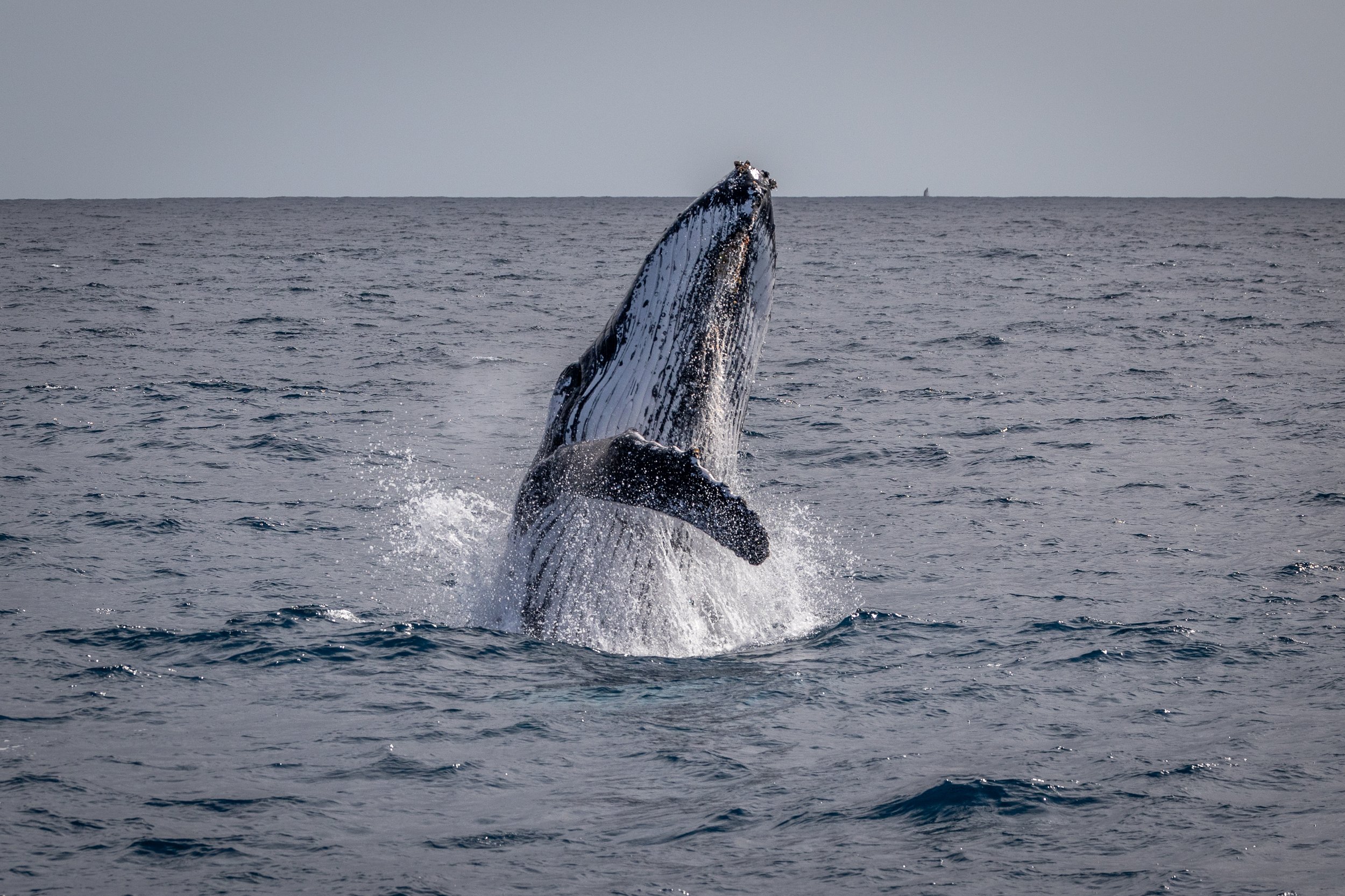The Science of Whale Watching: Understanding Whale Behaviour and Communication
Whale watching is a mesmerising activity for nature enthusiasts, offering a glimpse into the majestic world of these giant marine mammals. To truly appreciate the experience and understand what you're observing, it's helpful to know some basics about whale behaviour and communication.
Understanding Whale Behaviour
Whales are known for their complex behaviours, which can be broadly classified into a few categories:
Breaching: This is one of the most spectacular whale behaviours to witness. A whale propels its body out of the water and lands back with a huge splash. Scientists believe breaching may serve multiple purposes, including cleaning parasites off the body, communication or as a display of strength.
Spyhopping: When whales spyhop, they vertically poke their heads out of the water to observe their surroundings above the surface. This behaviour helps them to see objects or activities near the water's surface, including boats and human activity.
Lobtailing and Fluking: Lobtailing occurs when a whale lifts its tail out of the water and then slaps it on the water surface, which can be heard over long distances underwater. Similarly, fluking involves a whale raising its tail before diving deep into the water. These actions are thought to communicate with other whales or to stun prey.
Whale Communication
Whales are also famous for their vocalisations, which are as varied as their behaviours. Whale sounds include clicks, whistles and prolonged songs that can last up to 20 minutes. These sounds serve different purposes:
Clicks: Mainly used for echolocation to find prey in the deep ocean.
Whistles and Calls: Used for social communication among whales in a pod.
Songs: These are complex sequences of moans, howls and cries, believed to be used by males to attract mates or to assert dominance over other males. Humpback whales produce distinct songs and melodies to communicate within their pods and to other whales at great distances. Each song can last from 20 to 30 minutes, but humpbacks are known to sing continuously for hours. Depending on the frequency of the song, these sounds can travel hundreds of kilometres underwater.
Tips for Whale Watchers
Here are a few tips to enhance your whale watching experience:
Be Patient: Whale watching can involve a lot of waiting as these creatures spend the majority of their time underwater.
Use Binoculars: To get a good view of distant whale behaviours without disturbing them, always carry a sturdy pair of binoculars.
Listen: If on a guided tour, you might have the opportunity to use hydrophones to hear whale sounds.
Respect Their Space: Always maintain a respectful distance to avoid stressing the whales.
By understanding these behaviours and communication methods, enthusiasts can gain a deeper appreciation of whales and their complex world. Each whale watching trip can become a learning experience, providing insights into the lives of these fascinating marine giants. Enjoy your adventure responsibly and cherish the incredible sights and sounds that nature offers!



